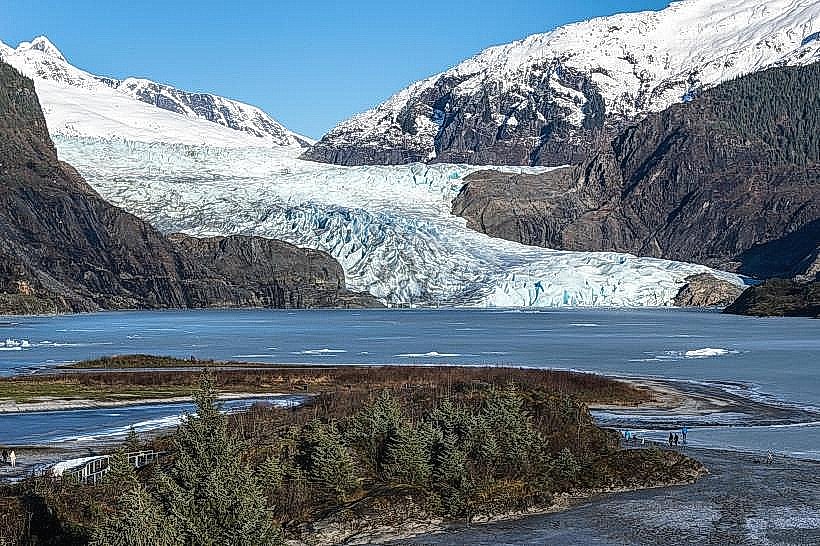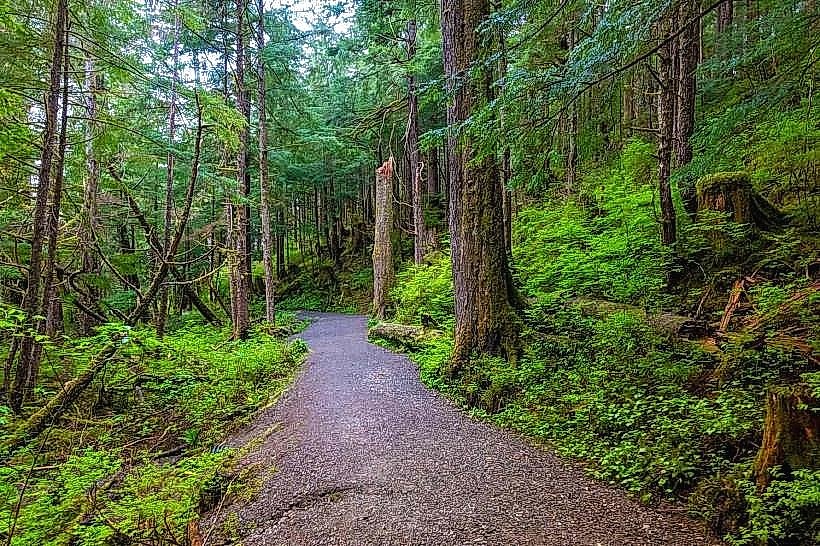Information
Landmark: Admiralty Island National MonumentCity: Juneau
Country: USA Alaska
Continent: North America
Admiralty Island National Monument, Juneau, USA Alaska, North America
Overview
Admiralty Island National Monument, tucked inside the Tongass National Forest of southeast Alaska, is a wild expanse of deep green rainforest, rough wave-battered shores, and teeming wildlife that feels almost completely untouched, alternatively spanning more than 1.6 million acres, the monument-nicknamed the “Fortress of the Bears” for its remarkable number of brown bears-protects one of North America’s purest coastal ecosystems, where mist drifts over spruce and tide pools glitter in the nippy light.The island’s geography bursts with life-glacial fjords cut deep into the coast, mountain peaks glint with snow, and clear lakes feed brisk, frosty rivers, what’s more its forests are dominated by Sitka spruce, western hemlock, and red cedar, where thick moss clings to trunks and ferns crowd the ground, forming a deep, green tangle of layers.Along the coast, inlets and bays shimmer with tidal flats, sandbars, and rough stone shores, sheltering crabs in the shallows and flocks of migratory birds overhead, and admiralty Island teems with life, one of Alaska’s richest wild places, where brown bears roam thick along riverbanks and wander the misty coastline.You’ll often spot other mammals out here-black bears lumbering through the brush, Sitka black-tailed deer grazing quietly, wolves moving in packs, and river otters sliding into the water, in addition bald eagles, ospreys, seabirds, and migratory songbirds all thrive across the island’s diverse habitats, from wind-bent pines to quiet tidal flats.Salmon, halibut, seals, and sea otters glide through rivers, drift in lakes, and hunt along the cool coastal waters, therefore for thousands of years, the Tlingit people have lived on the island, drawing life and meaning from its rushing rivers, deep forests, and rocky coasts that sustain their food, culture, and spirit.Ancient dig sites, carved totems, and the remains of seasonal villages all show how long this presence has endured-stone worn smooth by countless hands, subsequently european explorers first mapped the island’s wild beauty, and later conservationists fought to protect it-efforts that led to its recognition as a national monument in 1978.At Admiralty Island, outdoor lovers find deep wilderness adventures-trails wind through spruce forests, climb into shining alpine meadows, and circle quiet lakes where you might spot a brown bear or glimpse the sweep of a glacier’s carved valley, meanwhile fishing and boating thrive here-salmon streams shimmer in the sun, and the calm coastal waters invite you to cast a line or paddle out in a kayak.Watching brown bears roam the riverbanks and splash through quiet estuaries is one of the trip’s unforgettable highlights, along with photography and nature study come alive here-towering cliffs, thick pine woods, and the rustle of wings overhead offer endless chances to watch and record the world in detail.Visitors often say the location feels wild and untouched, a stretch of deep forest and misted river where snow-glowing peaks catch the eye and silence hums in the air, not only that seeing wildlife so often-especially brown bears-brings a jolt of excitement, like standing just a breath away from untamed nature.The island’s vast size and untouched forests give it a nearly ancient feel, a quiet world standing in stark contrast to the city’s hum just across the water, after that legacy Admiralty Island National Monument protects vital historic-growth forests and rugged coastal habitats, offering shelter to wildlife and safeguarding Indigenous traditions that echo through the cedar-scented air.Blending teeming wildlife, deep cultural roots, and rugged isolation, it stands as one of Alaska’s most extraordinary and lasting natural treasures-where the wind still smells of spruce and salt.
Author: Tourist Landmarks
Date: 2025-11-06









